The documentary project was the biggest project we’ve taken on at Freestyle, but by far the most rewarding. Our assignment was to choose a topic for our documentary, and learn about it through interviews and research. During this project we strived to accurately and creatively portray our subject using various mediums, with an emphasis on narrative-style journalism.
I chose to do my documentary about Astrobee, which is my dad’s robot on the International Space Station (ISS) that is paving the way for new technology. I have always loved hearing about what my dad does, and I thought this would be a really cool way to learn more about it.
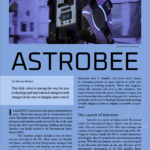
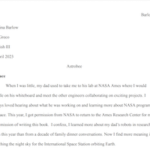
In English, we began by researching our topic and conducting interviews to gain different perspectives and insights on our topic. Then we wrote our documentary paper, which eventually became the copy for our book and magazine article, with some alterations.
In Digital Media, we transformed our paper into a magazine article using InDesign. I had to aggressively shorten my paper to fit into this format, but I tried to keep the same overall story.
Click the thumbnails above to read the raw paper or the formatted and condensed magazine article version.
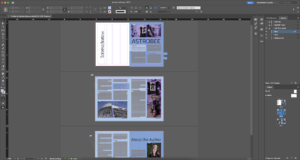
The crowning jewel of the documentary unit was the book we made in our Design elective class. This was a huge project to take on, but it was really worth it in the end. My vision for this book was a blueprint vibe, kind of playfully technical, so I used a lot of white line drawings, all drawn freehand, on a colored background. After writing our paper in English, I transformed it into the copy of the book. I went to NASA Ames multiple times to take photos of Astrobee and some of the surrounding area on the base. I created the various graphic design elements, and finally pieced all these elements together on InDesign to create the final book. I worked to create a varying but cohesive look, experimenting with different layouts and ways to visually help the reader understand the complex topics I was discussing in the text itself.
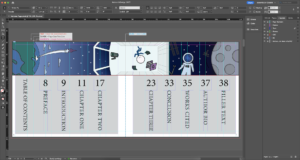
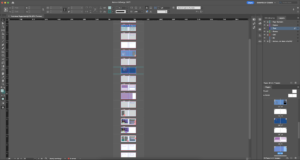
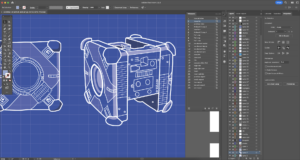
I really valued this project because I was able to really dive into a topic and a project and come out with a product that I was really proud of. This project was a big one to take on, but it was very worth it. I liked working on different elements of the documentary in my different classes, to really create a complete whole that I am proud of. I was able to use the skills I learned in certain classes in other classes. I usually don’t prefer to write in nonfiction, but this project combined a well-researched angle and a story weaved throughout, which I liked a lot. Through this project, I learned the value of hard work and consistency. It was especially difficult as I worked on this project through a concussion and reinjury, but I pushed through and think that the product was better for the effort that I put in. I am proud of the cohesive look of this project and all its elements, including the book and magazine article. Overall, this has been one of my favorite projects so far at Freestyle.
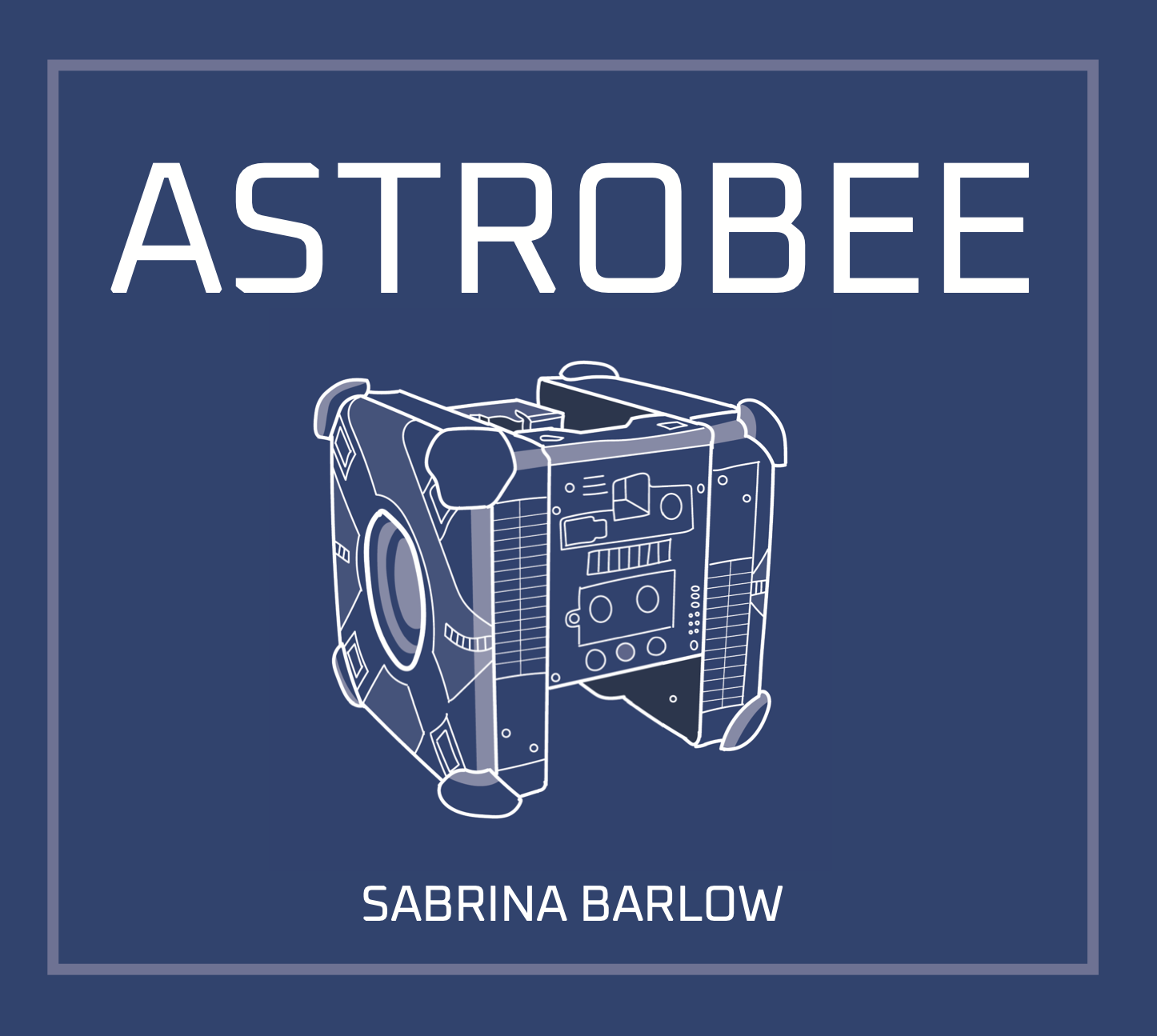
Meet the Interviewees

Jonathan Barlow began at NASA Ames in 2009 and currently works as the engineering lead for the Astrobee team. Before Astrobee, Barlow worked on the SPHERES team, and took what he learned there to create a newer, better robot with Astrobee. He currently enjoys working with Astrobee from the ground, coordinating payloads, doing science in space and helping pave the way for new technology. He says, “There are so many things that people are using Astrobee for that is more than we would be capable of doing on our own. We get to help make it happen… and just helping people to do really cool science is a lot of fun.”
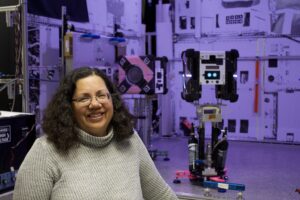
Maria Bualat started at NASA in 1987 and moved over to robotics in 1995. She was on the Astrobee team as deputy project manager from creation to launch. Currently, Bualat works on the ISAAC project, using Astrobee to do robotic caretaking and connect different systems and robots. Bualat is happy to see Astrobee’s progress. She says, “It’s very exciting… I think of the Astrobees kind of like my kids….watching them fly around on the Space Station is just so great. It’s like watching your kids be independent.”
Acknowledgements
A project of this size is the result of the work and support of many people. I am thankful to them all.
- My mom, for letting me bounce ideas off of her, and for encouraging me to keep going.
- My dad, for always being an inspiration to me, for letting me use his very cool robot as my subject, answering all of my many questions, and taking me to the Granite Lab so many times.
- Maria Bualat, for a great interview and for sharing her passion for NASA and robotics with me.
- NASA, for giving me permission to do this documentary.
- My Freestyle teachers, for being so understanding as I worked through a concussion.